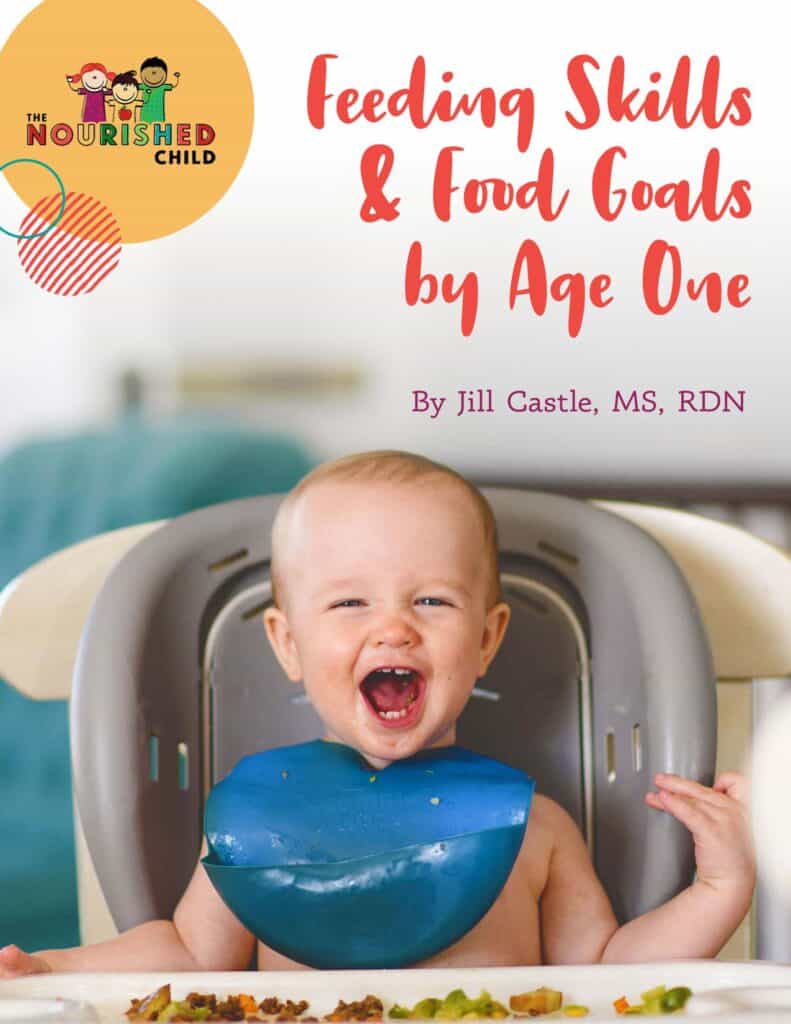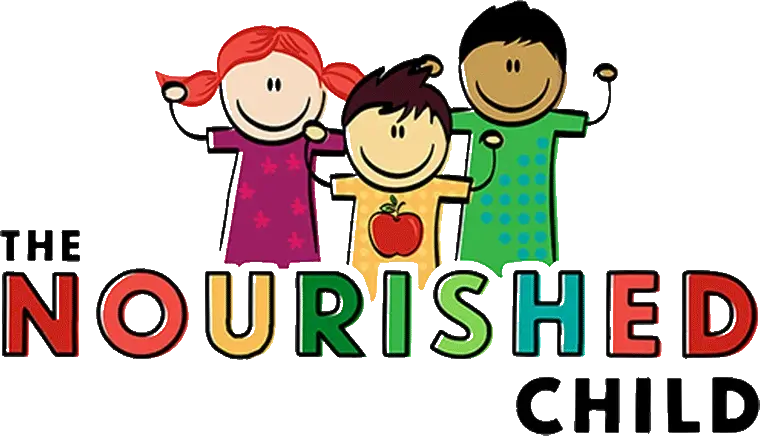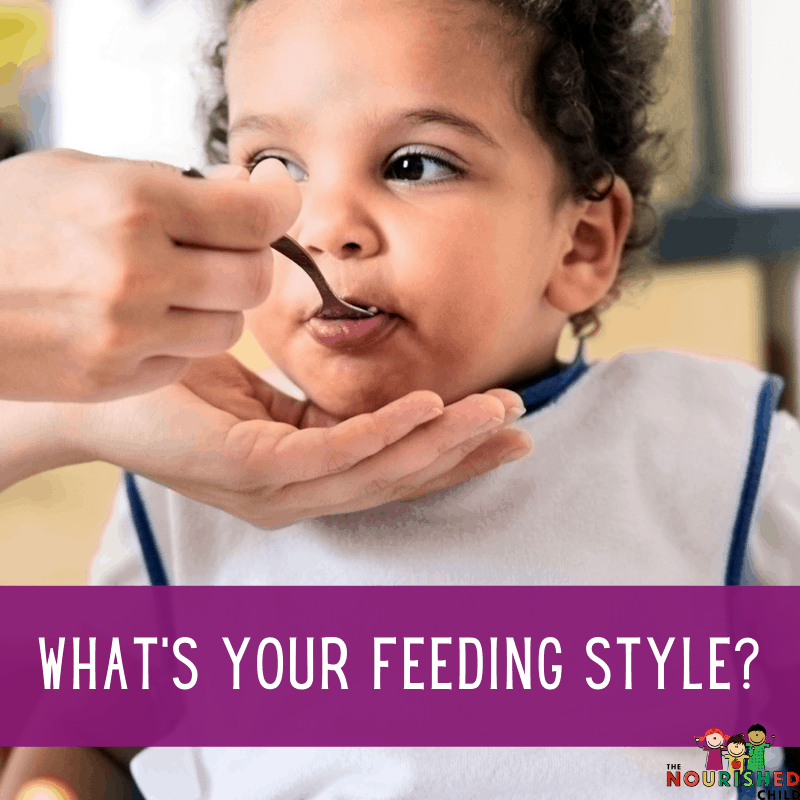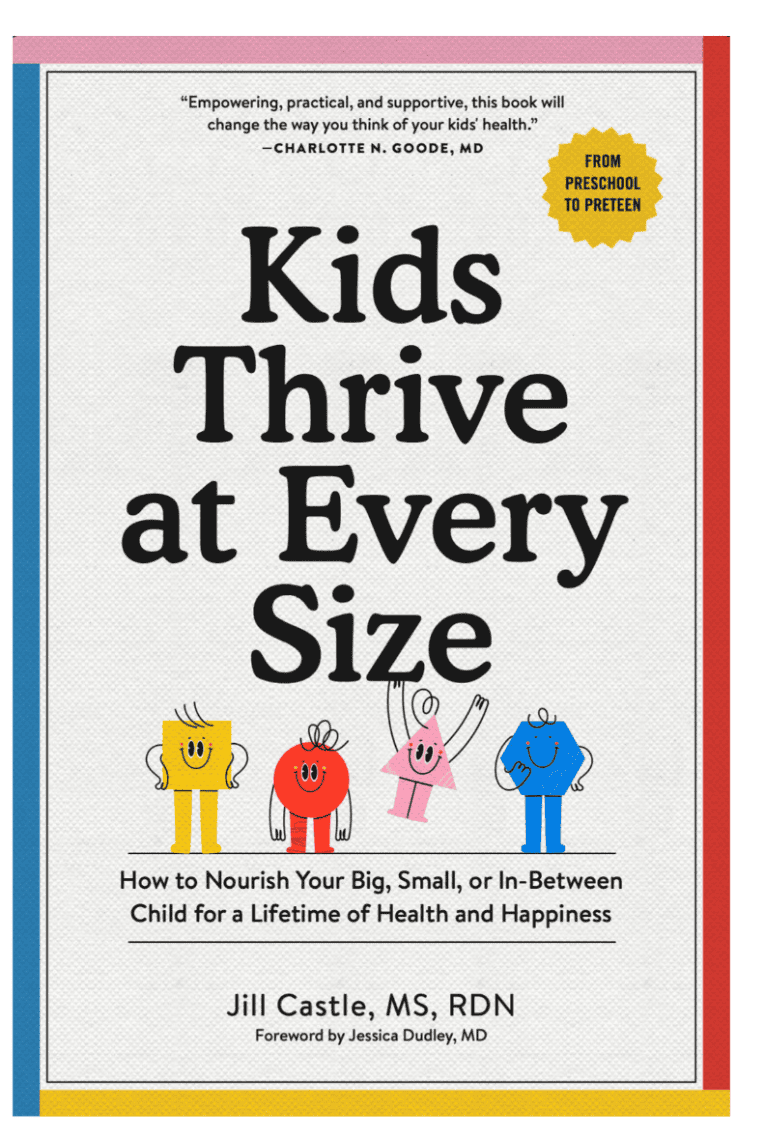27 Simple, Healthy Lunch Ideas for 1-Year-Olds
March 26, 2025
Want some new lunch ideas for one year olds? I’ve got 25+ balanced meals you can mix and match to get you started!
Now that your baby is a 1-year-old, you’re looking for the best first foods to use for quick and easy lunches.
Babies can eat almost everything you eat with a few exceptions (more on that below). As a mom and pediatric dietitian, I understand how easy it is for parents to get stuck in a food rut with the same old familiar kid-friendly meals like chicken tenders and pizza.
While many kid-friendly foods are healthier than parents may realize, diversity is the key to providing a variety of vitamins, minerals, flavors and textures. When you prime your baby’s palate with a variety of healthy foods early on, your little one is more likely to accept a wider range of foods throughout childhood.
Keep reading for 27 lunch ideas for 1-year-olds, tips on what to feed young toddlers, and how to safely prepare food.

What Should 1-Year-Olds Eat?
Babies can eat just about everything adults eat except for sushi, raw foods, choking hazards like nuts, and honey.
I always recommend offering highly nutritious foods to growing children. Complementary feeding between 6 and 12 months is more about exploration and trying new foods since babies get most of their nutritional needs from formula and/or breastmilk.
Balanced meals are crucial to healthy development especially after 12 months old, when all of your little one’s energy and nutrient needs come from food.
One-year-olds eat about 3 meals and up to 3 snacks a day. You’ll want to include:
- Protein foods
- Fruit and/or vegetable
- Dairy or non-dairy substitute
- Whole grains
- Fats, like olive oil
Don’t worry about fitting in all five food groups at each meal. Babies have tiny tummies and only eat a few bites at a time. Instead of large meals, think tiny portions of a few foods from different food groups.
What About Food Allergies?
The American Academy of Pediatrics (AAP) now recommends introducing food allergens to babies as early as 4-6 months during complementary feeding. You might remember the old recommendations when parents were told to wait for the first few years before introducing peanuts. Recent studies find that introducing food allergens in the first year may reduce the chance of developing a food allergy.
The top nine food allergens include peanuts, tree nuts, dairy, wheat, fish, shellfish, sesame, soy and eggs. By one year of age, your child should have been exposed to these allergens. If not, use caution when offering these foods the first time. If your toddler experiences a food allergic reaction, it may range from a mild rash to anaphylaxis, a more serious reaction.

Download Healthy Snacks for Toddlers!
Can a 12-Month-Old Eat Spices and Flavorings?
Go ahead, add some flavor! Herbs and spices are fine for little ones and new flavors help them become adventurous eaters.
Salt, spices in the hot pepper family (cayenne, crushed red pepper flakes, and chili powder), and sauces may be challenging for your little one.
Sodium has a limit. The recommended amount of sodium for 1-year-olds is 800 mg. A balanced diet provides enough salt for babies to meet their daily requirements, so you don’t need to add additional salt.
Helpful Article: 7 Foods Toddlers Should Not Eat
Foods for Mealtime and Tips for Serving Them
Here are the basics to include at a healthy meal and tips on how to prep them to make self-feeding easier for your baby:
Protein Foods for 1-Year-Olds
One-year-olds need about 11g of protein daily. Protein is essential for growth and provides essential amino acids the body needs that only come from food.
Beef, chicken, fish, dairy, legumes, black beans and other beans, milk and dairy foods, and nuts all contain protein. Even bread and cereals contain a small amount of protein. Did you know Cheerios has 5 g of protein in 1 ¾ cups?
Instead of relying on one type of protein source such as meat and chicken, offer both animal and plant-based protein for variety. That way, your little one gets the added benefits that each food contributes. For example, animal proteins are an excellent source of iron and zinc, while legumes and beans provide fiber. And dairy is an excellent source of calcium.
How to serve:
Cook raw meat, poultry or fish. Serve without skin and dice into tiny pieces. Rinse canned beans. Spread thin layers of nut butters at this age, as they can still be a choking risk.
Fruit and Vegetables for 12-month-olds
According to USDA’s MyPlate, 12-month-olds need about ½ to 1 cup of fruit and ⅔ to 1 cup of vegetables daily.
Fruits and veggies are loaded with vitamins, antioxidants, and fiber. I encourage introducing a large variety of fruits and vegetables as soon as your baby starts eating solids. Since one-year-olds don’t have all their teeth yet and are still developing chewing and swallowing skills, soft fresh fruit and veggies are easier and safer for them to self-feed, especially if you prepare them as finger foods.
How to serve:
Cook vegetables until soft and mashable, or soft and diced into small pieces. Stick to soft fruits without seeds and peel the skin before serving. You can serve soft fruits and vegetables in 1-2” wedges for your baby to hold and self-feed.
Whole Grains for Young Toddlers
The Dietary Guidelines for Americans say that half of the grains consumed come from whole grains. Babies 12 to 23 months should have about 1 ¾ to 3 oz of whole grains daily.
1 serving = 1 oz
For example, 1 oz of whole grains is equivalent to:
- 1 slice of bread or a whole wheat tortilla
- 1 cup of breakfast cereal
- ½ cup of rice, pasta or cooked cereal
Whole grains contain all three elements of the grain: bran, endosperm, and the germ. Examples of whole grain foods include 100% whole wheat bread, whole grain pasta, brown rice, and whole grain cereals.
They are higher in fiber than refined grains made from white flour such as white bread and many breakfast cereals. Fortified foods made with wheat flour are one of the best sources of iron in a baby’s diet. In the U.S., wheat flour is enriched with B vitamins and iron.
According to a recent study, offering fortified and whole grain foods to infants is associated with a better nutrient intake and a higher quality diet.
While whole grains are healthy, parents should introduce these high-fiber foods slowly. You might notice some gas and bloating.
How to serve:
Cook pasta and grains according to the directions on the package. Some grains including rice and very soft breads may be a choking hazard because your baby can take in a lot at once and have difficulty moving it around their mouth to swallow.
Cut up large pieces of pasta and serve bread in bite-size pieces, or 1-2 inch strips.

Dairy Foods for Little Ones
At a year of age, babies should transition to whole cow’s milk or a fortified milk alternative, like soy milk or pea protein milk. Dairy food and milk offer calcium, vitamin D and many other nutrients. Young toddlers need 1 2/3 to 2 cups of milk or dairy foods each day.
Try:
Shredded cheese, yogurt, and cottage cheese, especially for the midday meal.
Healthy Toddler Lunch Ideas For One-Year-Olds
I’ve come up with 27 baby-friendly, healthy, young toddler lunches for 1-year-olds that are all relatively quick to prepare and made with familiar ingredients.
Use this list as a template to build your own meals. Each meal has a protein or dairy, vegetable or fruit, and a carbohydrate.
Keep in mind that some foods do double duty and are an excellent source of two macronutrients. For example, potatoes are a starchy vegetable. Quinoa is a whole grain, and it’s also high in protein.
1. Sweet potato pancakes topped with whole milk Greek yogurt for dipping
2. Baked cheese and vegetable nuggets
3. Oats porridge made with milk and applesauce
4. Avocado strips rolled in cereal with tofu cubes
5. Baked zucchini sticks (rolled in eggs and breadcrumbs)
6. Cubed baked sweet potatoes, diced chicken and cantaloupe
5. Whole wheat toast strips spread with avocado and mashed white beans
6. Cheesy polenta with pureed cauliflower
7. Salmon, puffed Kamut, and broccoli
8. Whole wheat mac and cheese with mango strips
9. Grilled cheese (whole wheat bread) with strawberries
10. Whole wheat pasta, chicken and green frozen peas
11. Broccoli patties (mashed broccoli, egg, cheese and breadcrumb)
12. Peanut butter or sun butter and banana with whole wheat crackers
13. Pumpkin muffins (eliminate the chocolate chunks) with scrambled eggs or hard-boiled eggs
14. Buckwheat pancakes with plain whole milk yogurt and peaches
15. Mushroom omelet with baked potato wedges
16. Baby bean bites and cheese cubes
17. Yogurt with chia seeds and raspberries
18. Bell peppers and cucumbers with hummus and whole grain crackers
19. Cod, acorn squash and barley
20. Kashi, soy milk, banana
21. Ground chicken or turkey with asparagus and quinoa
22. Ground beef meatballs, whole wheat pasta and soft-cooked vegetables like carrots
23. Lentil “meatballs” made with chopped or shredded cooked vegetables (broccoli, mushrooms, cauliflower, or shredded carrots) with peaches
24. Turkey meatloaf, baked butternut squash sticks and applesauce
25. Breaded and baked boneless chicken breast strips, zucchini and polenta
26. Cream cheese and jam sandwich, cooked green beans, applesauce
27. Homemade pizza with tomato or pasta sauce and shredded mozzarella, banana

Are your baby’s nutrition milestones on track? Get my free guide to feeding goals and milestones for the first year.
Resources

Jill Castle, MS, RD
I like empowering parents to help their children and teens thrive at every size with realistic advice centered on healthful habits around food, feeding, nutrition and health behaviors. As a pediatric dietitian and author, my goal is to share strategies and realistic advice to help you raise a healthy and happy child through my articles and podcast.




